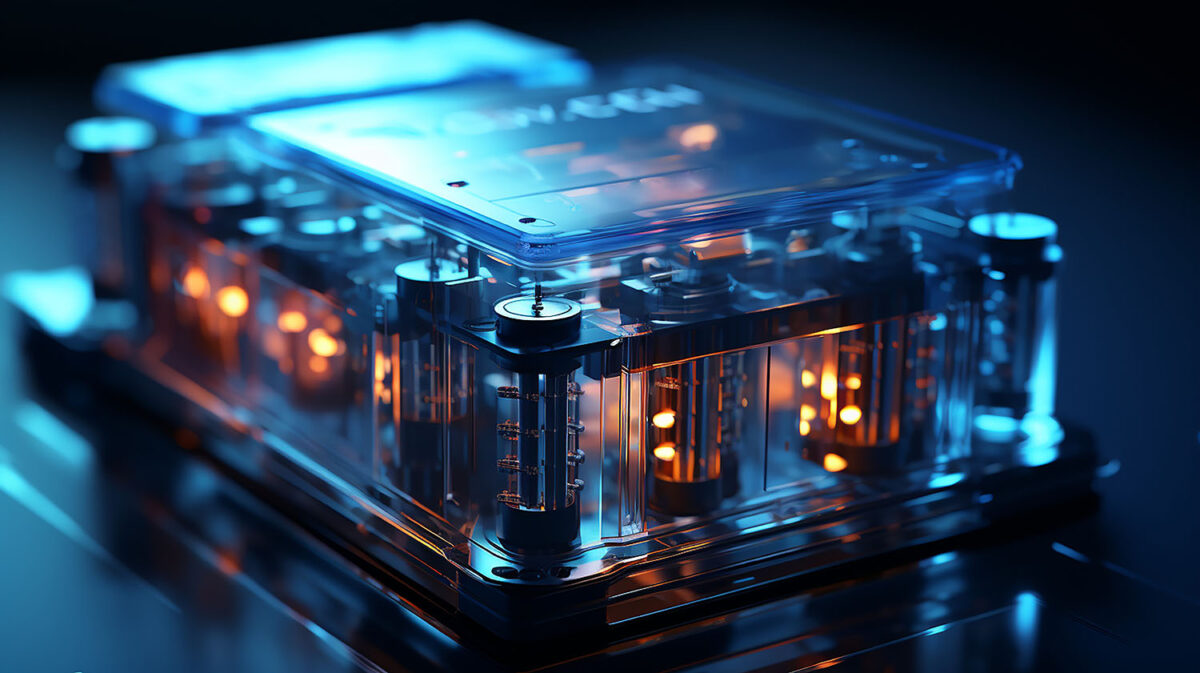How Fuel Cells and NAFION Reshape the Automotive Landscape

Proton-Exchange Membrane Fuel Cells have emerged as a game-changer in the automotive sector due to their operational efficiency and eco-friendly nature.
The impact of NAFION and the Proton-Exchange Membrane Fuel Cells (PEMFC) technology extends beyond the automotive industry, contributing to a broader shift toward sustainable energy solutions.
You can also read: Fluoropolymers Life Cycle and PFAS Contamination
NAFION’s Prowess in Driving Fuel Cells Technology
Proton-Exchange Membrane Fuel Cells (PMFC) operate on the principle of electrochemical reactions, converting hydrogen and oxygen into water, and generating electricity in the process. A key component in this intricate process is the proton exchange membrane, typically composed of perfluoro sulfonic acid, known as NAFION. This membrane allows the selective passage of protons while blocking electrons, facilitating the flow of current and powering the vehicle.
NAFION’s unique characteristics make it an ideal choice for the proton exchange membrane in PEMFCs. As a solid polymer electrolyte membrane, NAFION exhibits excellent proton conductivity, durability, and resistance to chemical degradation. Its ability to operate efficiently within a specific temperature range contributes to the overall reliability of PEMFCs in various environmental conditions.
From Precision Manufacturing to Life Cycle in PEMFCs
The manufacture of NAFION involves a complex process, starting with the synthesis of the polymer backbone, followed by the introduction of perfluoro side chains. The resulting polymer is then processed into a thin, flexible membrane suitable for PEMFC applications. The precision in the manufacture of NAFION is crucial for ensuring uniformity, reliability, and optimal performance in fuel cells.
However, NAFION, classified as a fluoropolymer, could potentially be implicated in the ban on PFAS in both the EU and the US. This material constitutes a crucial component of essential technologies, serving vital functions for fuel cells, for which viable alternative substances have yet to be introduced.
Although Fluoropolymers are generally considered low-risk substances, their production life cycle may entail PFAS contamination during early manufacturing stages. Chemours, the manufacturer of Nefion, is actively tackling this concern by striving to significantly mitigate air and water process emissions of fluorinated organic chemicals, aiming for a reduction of 99% or more. In 2020, the company implemented a thermal oxidizer at their Fayetteville Works facility, a substantial $100 million investment in emissions control technology, which effectively eliminates 99.999% of PFAS emissions.
Paving the Green Road Ahead in Automotive Sustainability
NAFION’s role in PEMFC technology underscores its significance in driving the automotive industry towards cleaner, more sustainable energy solutions. From its exceptional characteristics to the intricacies of its manufacturing process and recyclability, NAFION stands as a technical cornerstone in the advancement of PEMFCs, offering a glimpse into a greener future for transportation.
